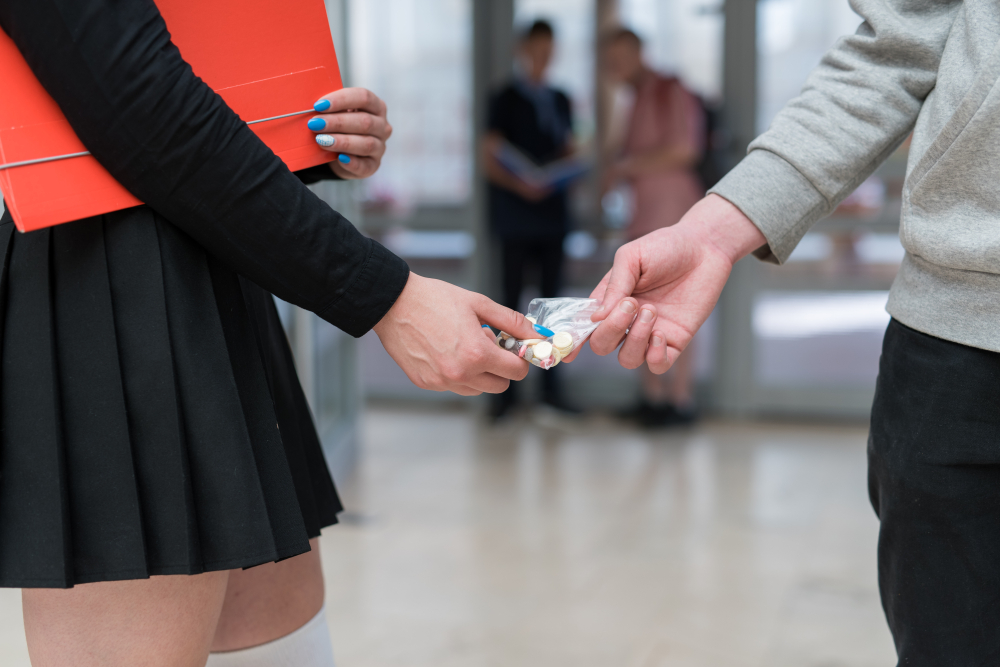How does a family intervention for teens work?
When you discover that your teenager has behavioral, substance abuse problems or mental health issues, emotional reactions are expected. Situations like these can be very stressful, especially if you’re dealing with alcohol, prescription medications or illicit drugs abuse. Parents need to deal with their own feelings before they can deal with the crisis.
This is when it’s a good idea to call a professional intervention specialist to help the family and your teen. But how does it work? We review, here.
1st STEP – Call a licensed interventionist
An interventionist is a professional who understands the perspectives of both sides: the suffering and hurt of your child … and your shock, concerns and fears. The interventionist will help the family prepare for the intervention, instruct you on what needs to be said/done, and can mitigate negative behaviors that might jeopardize the success of the intervention.
2nd STEP – Choose an intervention plan
Interventions are divided into two types: formal and informal.
Informal interventions are recommended for those who haven’t discussed a substance abuse issue with their teenager in a previous occasion. This type of intervention focuses on having an open, guilt-free and pressure-free conversation. During an informal intervention, you will ask some open questions and give your teen the space and liberty to give answers. This is the beginning of the treatment path for you and your teen.
Formal interventions are the type of conversation you may need to have with your teen if the substance abuse issue has been discussed previously. This is a more structured approach, mainly planned with the help of a trained interventionist who will be able to mediate the event. Usually, family and loved ones will get together and do an intervention without previously notifying the addict. The point is to come together, share your emotions and thoughts, express your concerns, love and support for your teen to accept adequate treatment.
Whether you choose either type of intervention, it is also helpful to look into the CRAFT intervention model. CRAFT supports a more long term 12-16 week family counseling and education process. Modules include safety, communication, and boundary setting. The CRAFT model encourages ongoing therapy for the whole family, and has been proven to have successful outcomes.
3rd STEP: Preparing for intervention
After you realize your teenager is abusing a substance, you know that something has to be done, and you have called an interventionist – you, family members, friends and loved ones are ready to plan the intervention process. You will need to write down how the teens’ addiction has affected you, about your concerns, feelings, love, support and hope for the future. This is also the step where you decide what type of treatment program will fit your teens needs best. It can also be helpful to seek psychotherapy or counseling for yoursel during this time. We all need mental health support, and times which are crisis filled can benefit with the guidance and support of an expert.
4th STEP: Staging the intervention
You are all prepared and have gathered at the location where the intervention will take place. Your interventionist is present, your letters are ready and you are waiting for your teen son or daughter to arrive at any minute. Your child will be invited to sit in a chair and listen to everyone’s letters as they read them. The whole process is facilitated by the interventionist and in the end, it’s your teens turn and chance to say how they feel.
Expect that your teenager will be angry, defensive and emotional at this point. They may want to refuse to participate in the intervention, or have a hard time complying since they feel ambushed. Keep your calm and trust the interventionists’ guidelines and advice on how to cope with the situation.
5th STEP: Sending your teen off to treatment
When the intervention is over, you need to explain to your teen that they are booked at a treatment program and will be going off to rehab. You can prepare for this moment by packing clothes, toiletries, and comfort items from home. It’s good to have photos of happy family moment prepared, for example. Treatment centers have their transportation vehicles ready to take your child from home to the facility. The interventionist leaves along with the teenager, goodbyes are said and the journey towards recovery begins.
Family intervention for my teen questions?
We hope we have helped explain what you can do and expect from an intervention process and what it may evolve. If you have further questions for staging an intervention for your teen, feel free to post them in the comments section below.











0 Comments